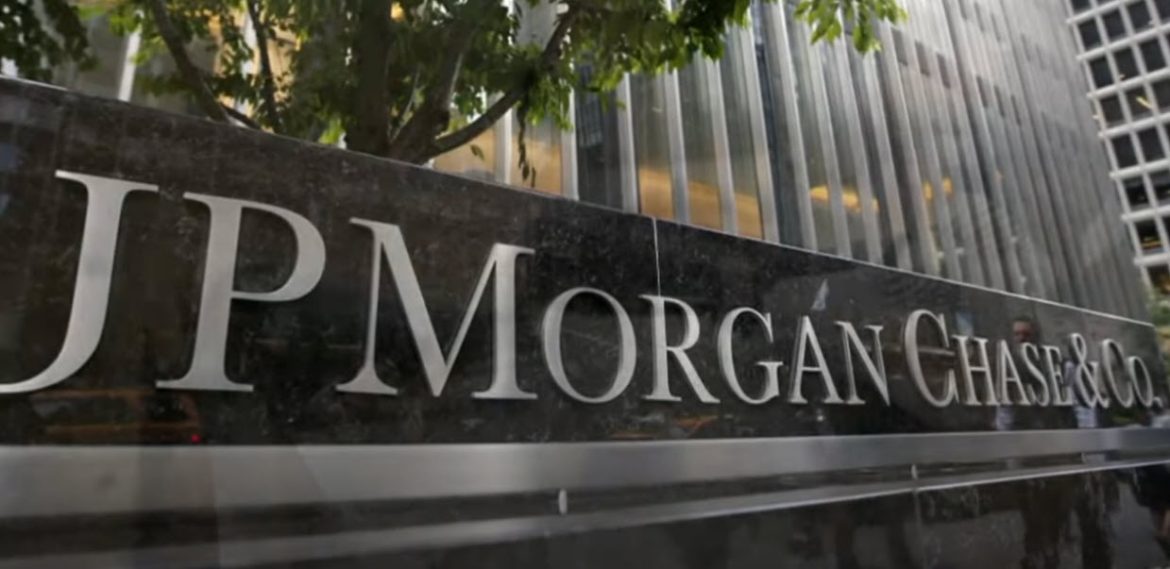In a recent development that could have significant implications for the financial sector, JPMorgan Chase CEO Jamie Dimon has cautioned shareholders about the possibility of interest rates surging beyond eight percent. The warning, outlined in a letter to shareholders on Monday, underscores the bank’s readiness to navigate a wide spectrum of economic scenarios, ranging from stable growth to the challenging environment of stagflation.
Currently, interest rates hover between five-and-a-quarter to five-and-a-half percent, representing a notable increase from previous levels. Dimon’s letter emphasizes the importance of being prepared for a broad range of interest rate movements, given their critical impact on various aspects of the economy, including lending, borrowing, and investment strategies.
The potential for interest rates to surpass eight percent raises concerns about the cost of borrowing for businesses and consumers alike. Higher interest rates can dampen borrowing activity, impacting sectors such as real estate, automotive, and consumer spending. Additionally, businesses may face increased expenses related to servicing existing debt, affecting profitability and investment decisions.
Dimon’s letter highlights the importance of prudent risk management and strategic planning in an environment of economic uncertainty. JPMorgan Chase, one of the largest banking institutions globally, has been proactive in adapting its strategies to potential shifts in interest rates and market conditions.
The prospect of interest rates exceeding eight percent also reflects broader economic trends and policy considerations, including inflationary pressures, monetary policy decisions by central banks, and geopolitical factors impacting global markets. Analysts and investors will closely monitor developments in interest rates and their implications for economic growth and financial stability.
As JPMorgan Chase prepares for a range of economic scenarios, including the possibility of higher interest rates, stakeholders will watch closely for any shifts in the banking sector’s strategies and performance metrics in response to evolving market conditions.



